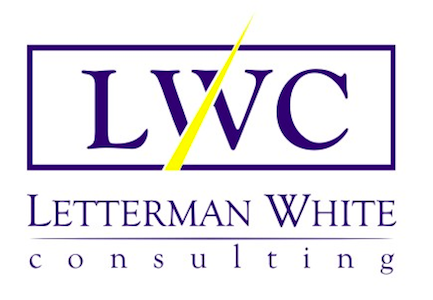By Susan Letterman White
There is a strong and consistent correlation between leadership effectiveness and the financial performance of all organizations. How your organization performs matters greatly, regardless of whether it is for-profit, non-profit, private, public, or a governmental agency. Ensuring financial health is a responsibility of all leaders, which means managing processes that affect revenue generation and the costs associated with running the organization.
Costs that are within the control of leaders relate to employee hiring, engagement, productivity, and retention and to customer/client satisfaction and retention. Replacing employees or customers/clients is more costly than retaining them. Employees that are more engaged are more productive and efficient and generally do not intend to leave for a comparable job elsewhere.
Effective leaders positively affect revenue generation, net profit, customer/client satisfaction and retention, employee engagement, commitment, and retention, reduced employee turnover, and increased organizational productivity, efficiency, and profitability. They drive these benefits when they model the right behaviors and help the people they lead and manage adopt similarly valuable behaviors. Various research studies reported here show that:
Leaders in the bottom 5% of effectiveness at a mortgage bank correlated with only 21% of employees feeling engaged; those in the middle 50% of effectiveness correlated with 48% employee engagement; and leaders in the top 5% of effectiveness correlated with 85% employee engagement.
At a mortgage bank, leaders in the bottom 30% of effectiveness correlated with a substantial net profit loss; those in the middle 30% generated 67.42% more profit than those at the bottom; and in the top 10% nearly doubled the profit of those in the middle.
Leaders in the bottom 10% of effectiveness at a retail company experience a 0.7% 5 year growth in sales and an 81% employee turnover rate, while those in 11-35 percentile of effectiveness saw a 2.6 increase, those in the 36-90 percentile experienced a 6.1% growth and those in the top 10% saw a 7.4% increase in sales.
Leaders in the bottom 30% of effectiveness, as assessed by their peers and those people they managed, experienced a 19% turnover rate at an insurance company, while those in top 10% had only a 9% turnover rate.
In a study of more than 90,000 leaders from hundreds of different organizations, 53% of employees expressed an intention to leave when leadership effectiveness was only 5%, while turnover is typically around 25% and for those working under the top 10% of leaders, the rate was only 10%.
At a high-tech communications company, the top 20% of leaders saw a customer satisfaction rate of 82%, while the bottom 30% saw customer satisfaction at 21%.
Additional empirical studies, reported by Korn Ferry include the following:
Top-level executive performance was correlated with an estimated $3 million in annual profit per person in a large corporate environment.
Employee job satisfaction in a study of 62 health care facilities was positively related to leadership competencies after a leadership feedback program
In a case study that looked at the following specific competencies: Customer Focus, Interpersonal Savvy, Drive for Results, and Decision Quality; a leadership development program influenced leadership competencies among vice presidents in a sales and marketing organization and were positively correlated with increased profits and decreased turnover.
Competency modeling, where a group of 6-8 top Subject Matter Experts across the organization leads to selecting a universal set of competencies that are valuable across the organization to advance the organization’s purpose, vision, values, and strategy. This “forward-looking” approach is considered a best practice for avoiding chaos, driving organizational results, and creating an integrated approach with a common language to describe performance expectations. This process, when properly communicated within the organization, signals strategic intentions of the organization, influences employee behavior, and supports intentional culture development.


